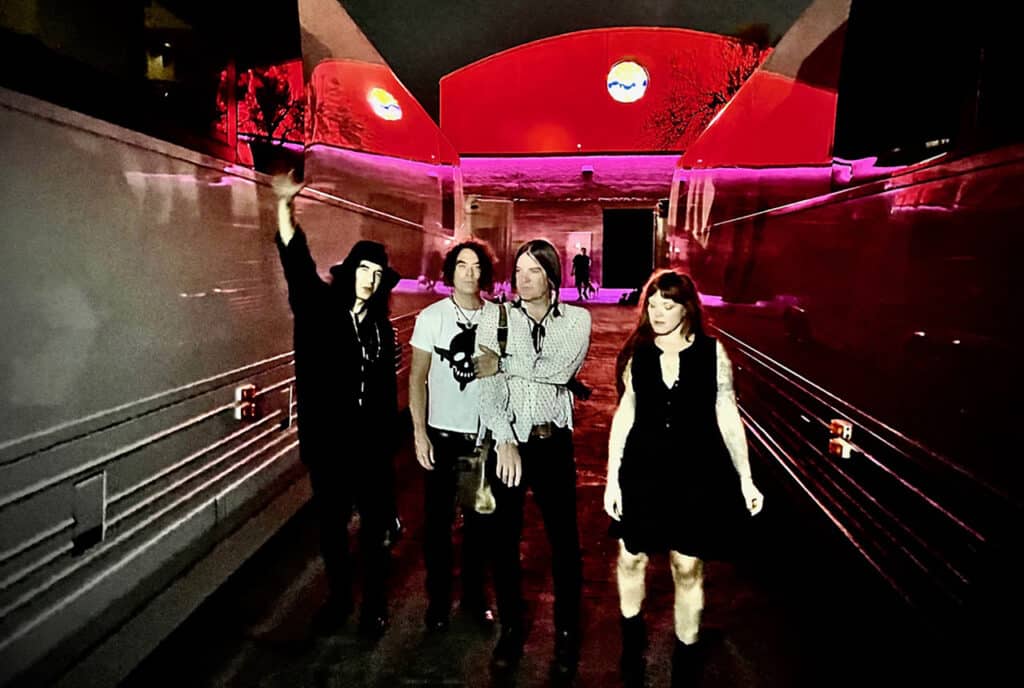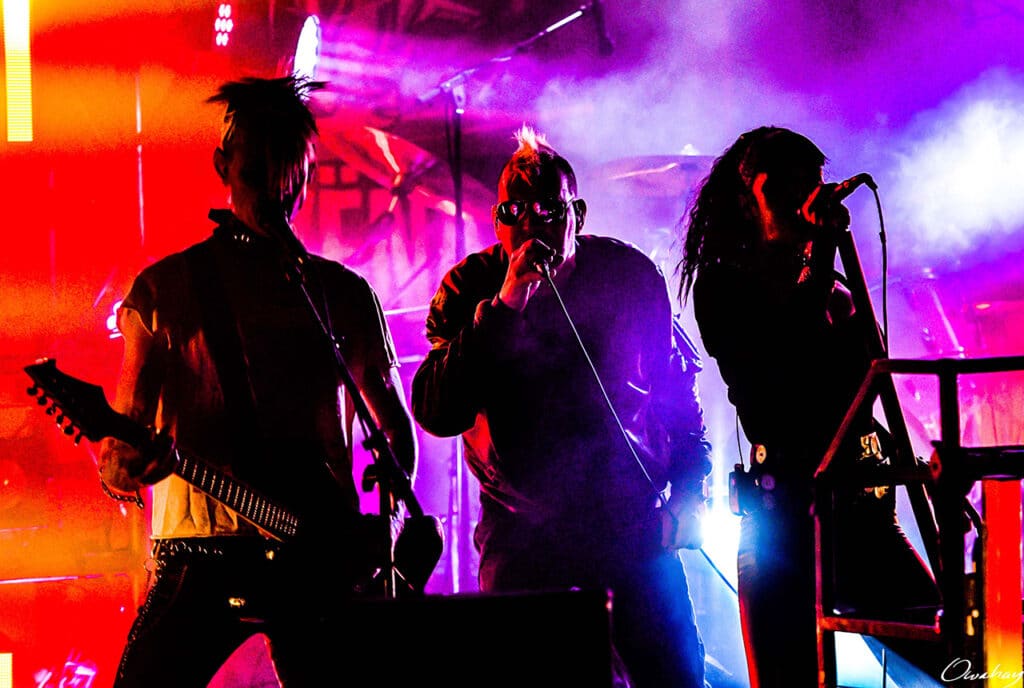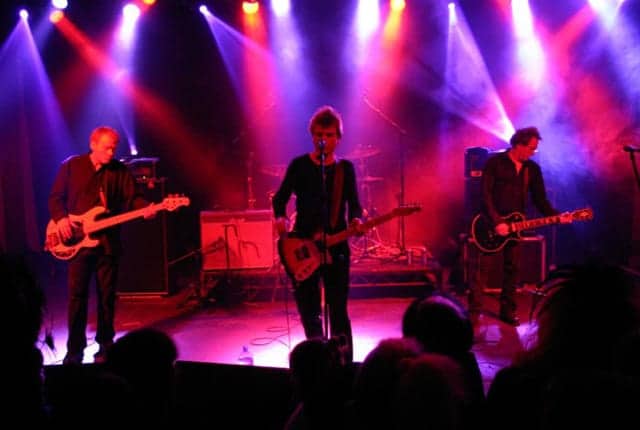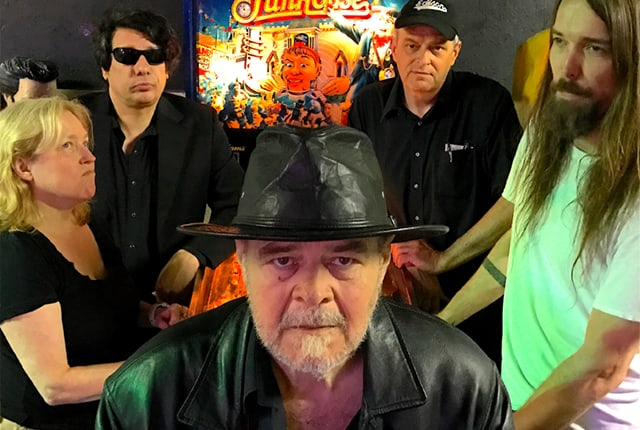On his new album Come, Deathless, musician/producer Surachai continues to blend styles into a unique dark electronic sound. There is a strong emphasis on sound design and electronic tweaking, but the rhythmic nature and tight composition instantly draw in the listener. Come, Deathless is the seventh full-length album from Surachai and features guests Aaron Harris (drums, ISIS/Palms), Joey Karam (keyboards, The Locust/One Day As A Lion) and singer Sara Kendall. In an email interview, Surachai discussed the making of the album.
The press release for the album says that you’d spent a year recording sounds around the world for “Come, Deathless.” Could you describe the process? Did you have a sense as to what you wanted to accomplish going into it, and if not at what point did things begin to take shape?
When I was traveling for work, family, and friends – I brought my Sound Devices 633 and a select few microphones with me wherever I went. I always say location audio / field recording is a reactionary art – you arrive to a location and you have to ask yourself a few questions: What is interesting here, what noise pollution am I dealing with, how do I capture this in the best way. If some of those questions aren’t favorable, then I simply don’t record. I don’t force it. There was no immediate goal as I am always doing this, its very similar to how a photographer brings a camera with them wherever they go.
Sound design and melodic/rhythmic elements are tightly intertwined in your music. What does your creative process tend to be like? To what degree do sounds influence the overall composition vs. perhaps seeking out sounds to fit within musical ideas?
Every album revolves around a central piece of gear or two. On Come, Deathless I focused on the Overstayer Modular Channel and the Nord Modular G2. The thing with aggressive compressors and EQ’s is that I don’t add these things after the fact, it is a starting point. I work with the dynamics and EQ to shape the sounds, then record them and chop it up if it needs to be. The entire process is exploration, experimentation and solving a puzzle you created.
How does the music you release relate to the other professional sound design/engineering/composition work that you do? For example, do you see it as an outlet for ideas and skills you’re not able to utilize elsewhere? How do different types of work connect?
With music or any personal outlet, I am free to do whatever I like and with work, I am usually under guidelines – both of these have advantages and disadvantages. With music, I can flex on ideas and go further down a route that I personally relate to and be creative with. With work, there is a usually a very finite goal to reach and achieve. They are connected by the tools I use – they are the same, it is simply the mindset of, is this for me or if it is for a client.
Has the equipment and software do you generally uss for creating your music changed much over the years?
It’s changed a lot.
I’m always curious as to how instrumental musicians go about naming their songs. At what point do you generally know what a song will be titled?
I had an entire story in my mind of what Come, Deathless meant to me and named the titles according to chapters and how it fit in the grand scheme of this world.
Do you feel that you’ve made a conscious effort to transcend musical genres, or is it just the natural result of your musical interests?
To be able to say, “I make X genre”, for example – “I make Drum n’ Bass” – is a severely limiting statement to the choices and overall expression you’re allowing yourself. Whoever does that, more power to them – I’m glad they do because simply I cannot. I have no interesting in conforming or falling into safety with my output. I listen to a lot of music, watch a lot of movies, am friends with different types of people and have a general interest in things that I don’t understand and I think my music is an extension of being open to things, and severely closed off to others.

Do you perform live, and if so what is your general approach?
I have a live set. It is dependent on visuals otherwise it would be pretty boring as most electronic acts are. The visuals were created by Simona Noreik, Rachel Palmer, and Anj Puglise with Francis Kmiecik. They all provided their talents to helping my live set be fully covered visually. After I performed last week, Francis came up to me and said, “that was exhausting” – every sound is accented and reflected visually and it is an intense hour of being tethered emotionally to demanding experience.
What is in the immediate future for you?
Survive.
For more info and to purchase music, visit https://surachai.bandcamp.com/.










